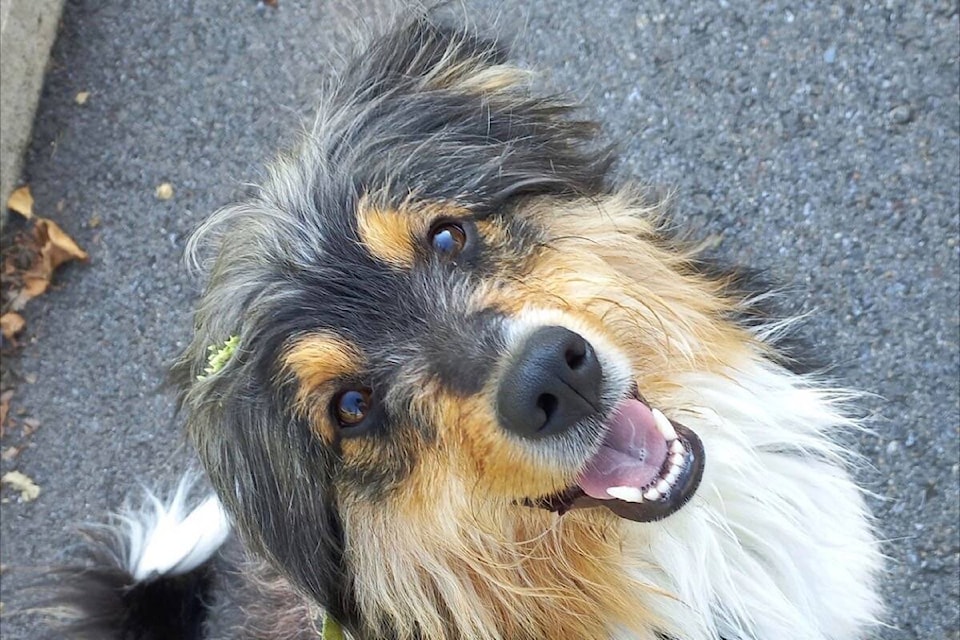By Dr. Catherine Tarasoff
Cooler weather and shorter days foreshadow the arrival of winter! Many of us like to take advantage of the last rays of sunshine by heading out to the trails and backcountry for some final hikes and rides. Then, in the winter, snowshoeing takes centre stage!
While fall appears to bring the end of life for flowers, the reality is that a very important process is initiated, and that is seed development. In the late summer, plants transport carbohydrates from withering leaves to the developing seeds inside the drying flowerhead. Once the plant appears completely dead, the next process is underway.
During this period, the seeds of invasive plants, like those of all plants, are undergoing a process called after-ripening, or seed maturation. During after-ripening, the seed is viable but remains dormant, incapable of germination.
The requirement of after-ripening may be critical to ensuring that seeds don’t germinate at the “wrong time”, such as when the ground is too cold or there is a thick layer of snow incapable of supporting germination. Although the plant and flowers appear shriveled and dead, there is a world of life within the dry flowerhead.
During winter, after-ripened seeds are ready to catch a ride to a new location, where they will wait for spring conditions. You will likely be outdoors in fuzzy, warm fleece and wool, which are perfect vehicles for hitchhiking weed seeds to snag on so that they can catch a free ride. Equally hospitable are your pet’s fur or your snowshoes, which make ideal “seed taxis”.
To avoid transporting invasive plants, check your clothes, boots, gear, and pets for seeds before you come to an area and again before you head home. If a boot brush station is available at a trailhead, use it before and after your journey. Simple actions can go a long way in preventing invasive plant introduction and spread in the Thompson-Nicola region.
Dr. Catherine Tarasoff is the Education and Outreach Coordinator for the Thompson-Nicola Invasive Plant Management Committee (visit the Facebook page), and this season’s articles were dedicated to “Stopping Invasive Species in Your Tracks! Tools and tips for preventing invasive species while enjoying the outdoors.” Look for more resources at www.tnipmc.com.
editorial@accjournal.ca
Like us on Facebook and follow us on Twitter
